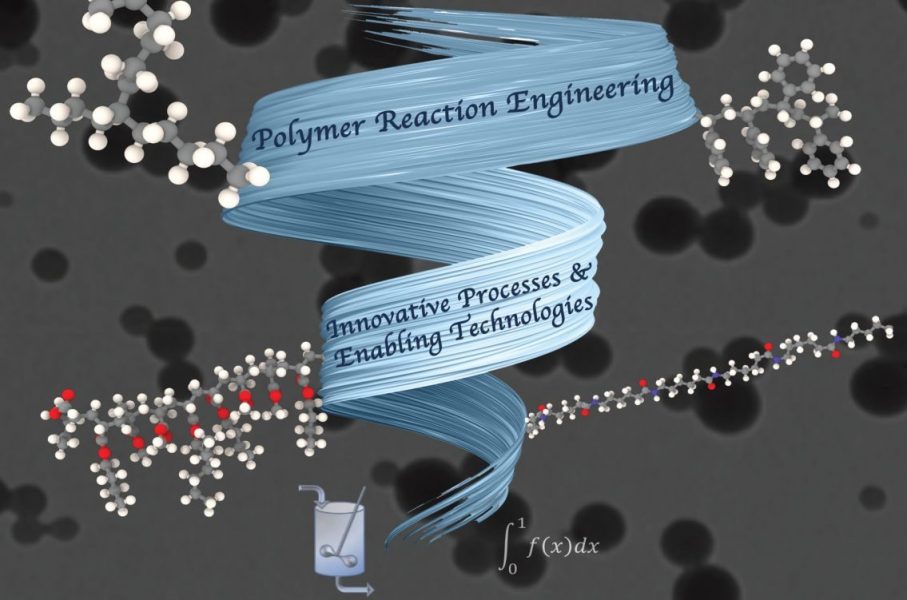 Polymers are ubiquitous in the materials that surround us. They are used for packaging, coatings, adhesives, fibers, pharmaceutical delivery, and other medical applications. Design of synthetic polymer products, and the engineering knowledge required to produce them on large scale, stimulates our appetite for discovery and innovation.
Polymers are ubiquitous in the materials that surround us. They are used for packaging, coatings, adhesives, fibers, pharmaceutical delivery, and other medical applications. Design of synthetic polymer products, and the engineering knowledge required to produce them on large scale, stimulates our appetite for discovery and innovation.
While modeling at its core needs to develop base assumptions where one only gains confidence by experimental validation, it is exciting to discover the individuality of particular systems. Challenging assumption then leads to refined understanding of key process details, and herein lies the beauty of polymer reaction engineering: the story is incomplete unless both experimentation and modeling are melodically in tune.
Polymer reaction engineers contribute to new knowledge in many ways, such as developing new processes for hybrid and composite polymeric materials enabling both physical and reactive compatibility of components. Or, to give another example, the development of greener processes to generate water-borne coatings with performance comparable to, or surpassing that, of solvent-borne counterparts developed in the past.
The present special issue of Macromolecular Reaction Engineering, entitled “Innovative Processes and Enabling Technologies”, was guest-edited by John G. Tsavalas (University of New Hampshire) and Kimberley B. McAuley (Queen’s University).
This special issue presents articles on two interrelated topics: ‘Innovative Processes’, which focuses on multiple techniques that have been hybridized to afford new materials, processes, and mechanisms, and ‘Enabling Research’, which captures powerful examples of systems that have been revisited to further mechanistic understanding and optimization of existing and future products.
Read the full introductory essay by John Tsavalas and Kim McAuley here: “Innovative Processes and Enabling Technologies“

















